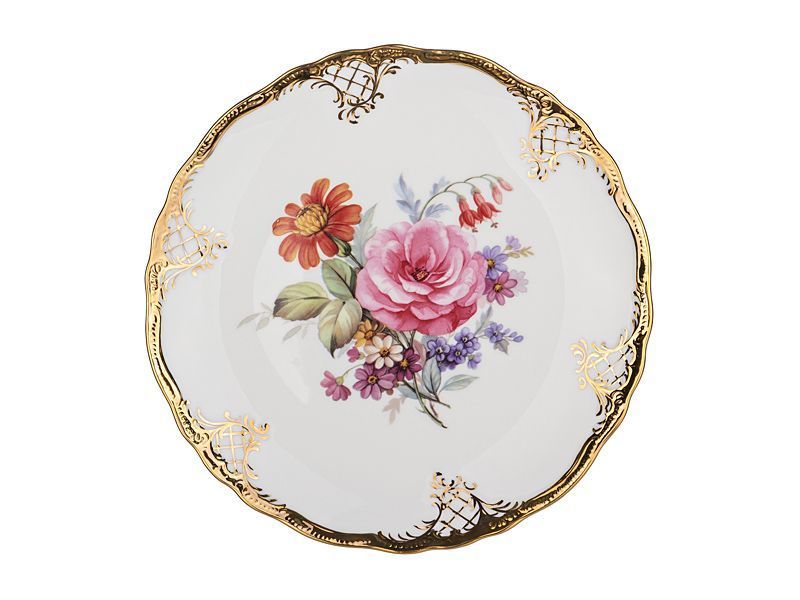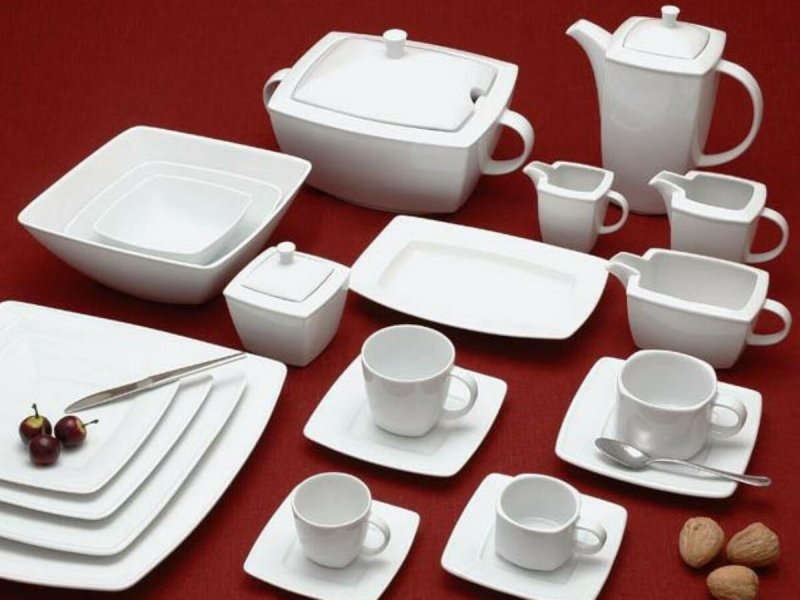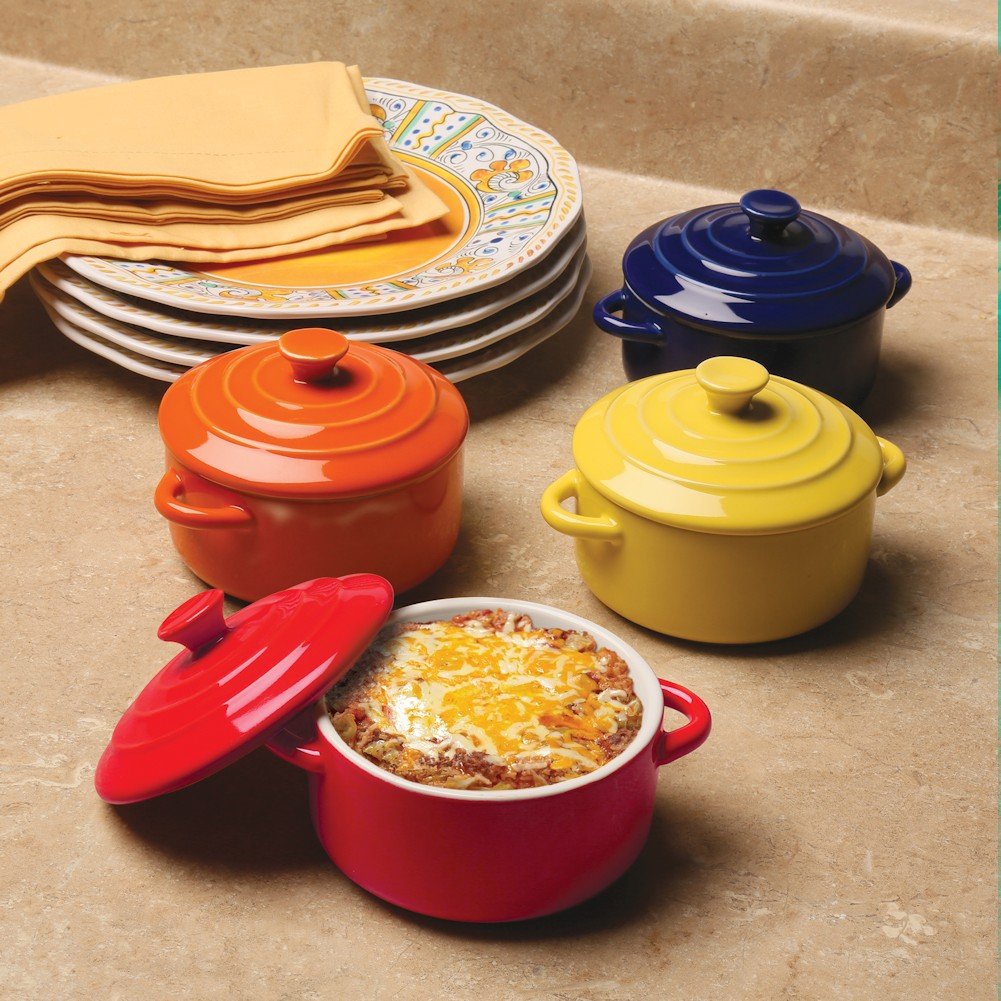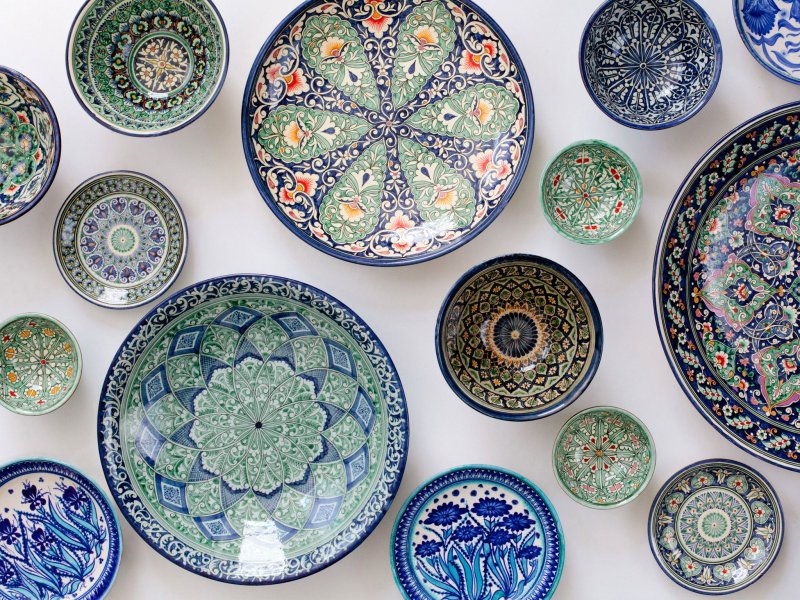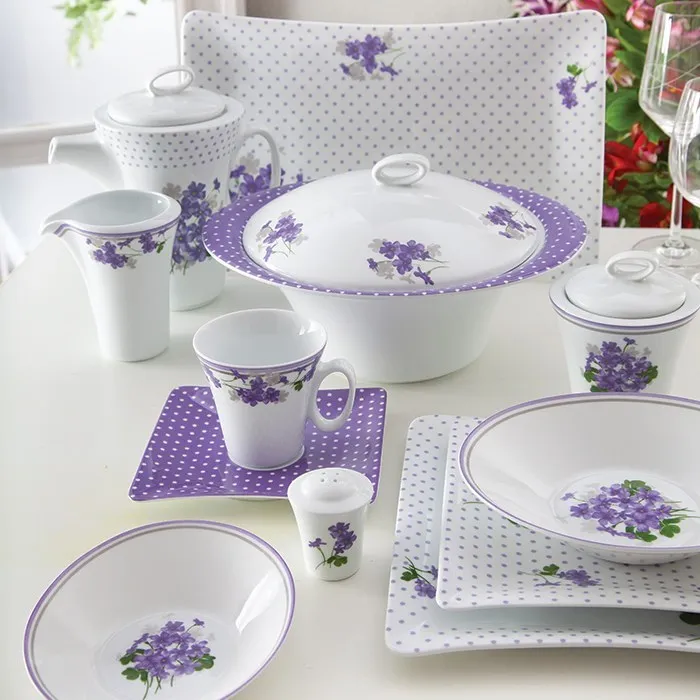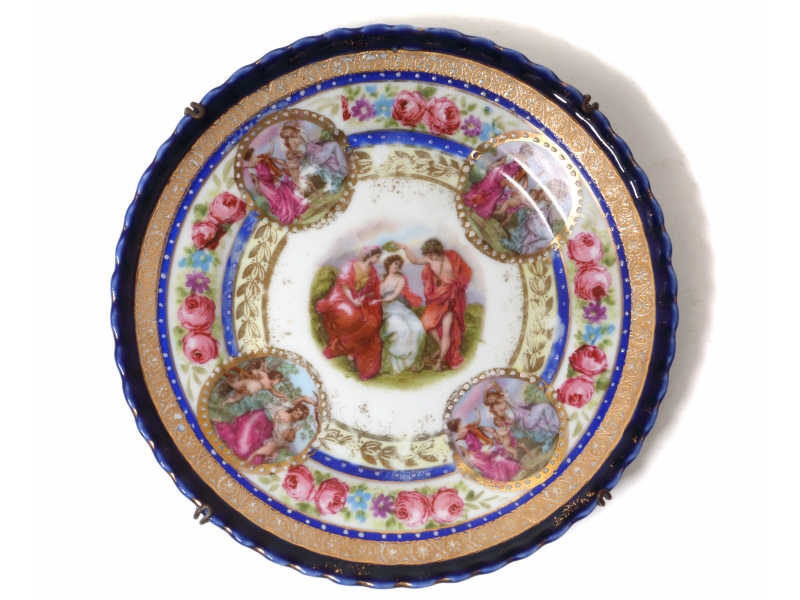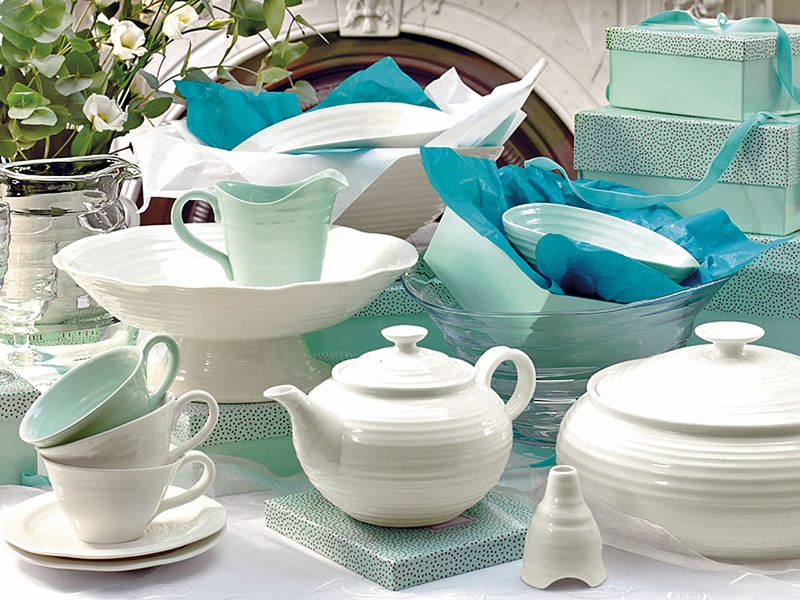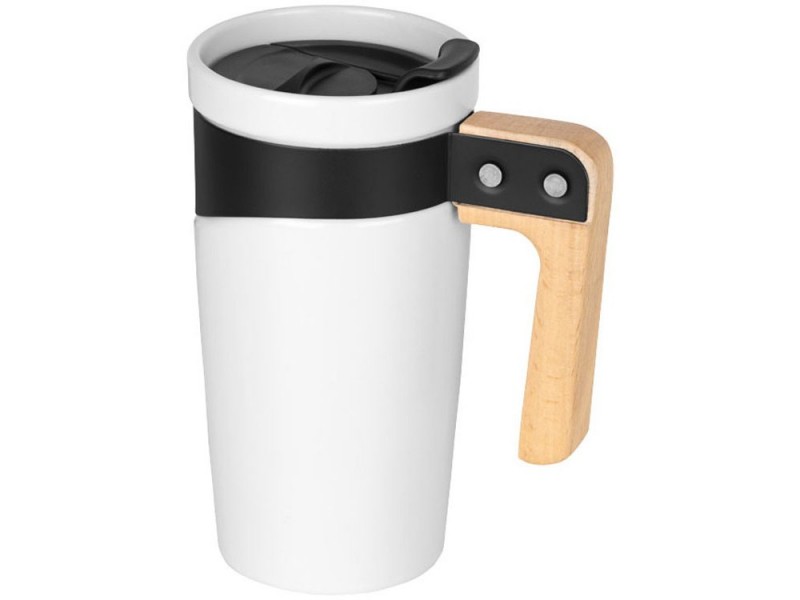A Comparison
When it comes to dinnerware, choosing between porcelain plates and ceramic plates can be a bit confusing. After all, both options offer an elegant and versatile way to serve meals. However, there are some distinct differences between porcelain and ceramic plates that are worth considering. In this article, we will discuss the differences between porcelain plates and ceramic plates, the factors to consider when buying each, and the price points you can expect for these types of dinnerware.
Discuss Porcelain Plates vs Ceramic Plates
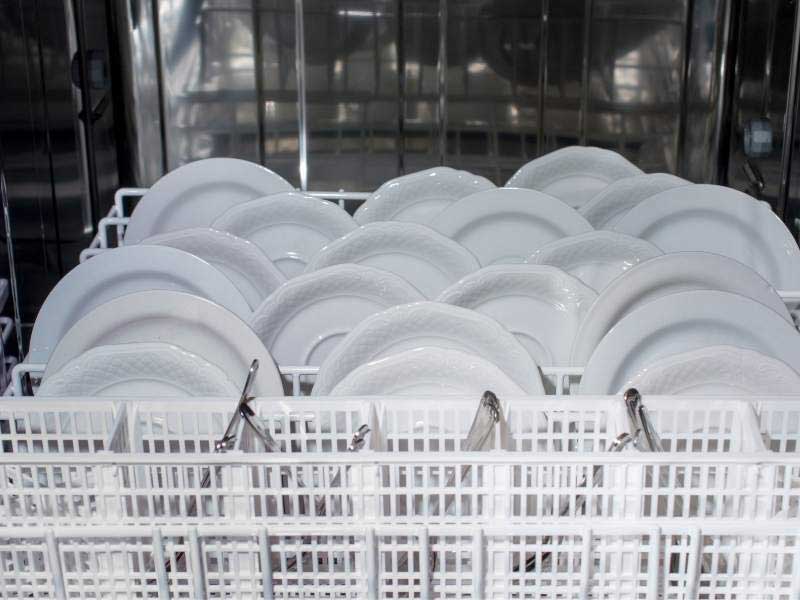
Porcelain and ceramic plates are both made from clay, but they differ in terms of their composition and production processes. Porcelain is made from a specific type of clay called kaolin, which is mixed with other materials such as feldspar and quartz. This mixture is then fired at an extremely high temperature, making porcelain plates more durable and less porous than ceramic plates. On the other hand, ceramic plates are made from a variety of clay types and fired at a lower temperature.
One of the key differences between porcelain and ceramic plates is their appearance. Porcelain plates are known for their delicate and translucent quality, often featuring a smooth and shiny glaze. Ceramic plates, on the other hand, can have a range of finishes and textures, including matte, glossy, or even a hand-painted design.
Another important factor to consider is the weight and thickness of the plates. Porcelain plates are generally thinner and lighter, making them easier to handle and stack. Ceramic plates, on the other hand, tend to be thicker and heavier, which can give them a more substantial feel on the table.

Buying Porcelain Plates vs Ceramic Plates
When buying porcelain plates, it’s important to consider their durability and resistance to chipping. Porcelain plates are known for their strength, making them less prone to breakage compared to ceramic plates. They are also more resistant to staining and can withstand higher temperatures, making them suitable for both everyday use and special occasions.
Ceramic plates, on the other hand, can vary in terms of their durability depending on the type of clay used and production techniques. Some ceramic plates may be more prone to chipping and cracking, so it’s important to choose high-quality ceramics from reputable manufacturers.

In terms of design options, ceramic plates offer a wider variety of styles and patterns compared to porcelain plates. Ceramic dinnerware often showcases unique and artistic designs, making them a popular choice for those who want to add a touch of creativity to their table setting. Porcelain plates, on the other hand, are known for their classic elegance, often featuring simple and refined designs that can complement any kitchen or dining room décor.
Price of Porcelain Plates vs Ceramic Plates
When it comes to price, porcelain plates tend to be more expensive than ceramic plates. This is due to the higher production costs associated with the firing process and the use of high-quality materials. Additionally, the delicate and refined nature of porcelain dinnerware adds to its value and exclusivity.
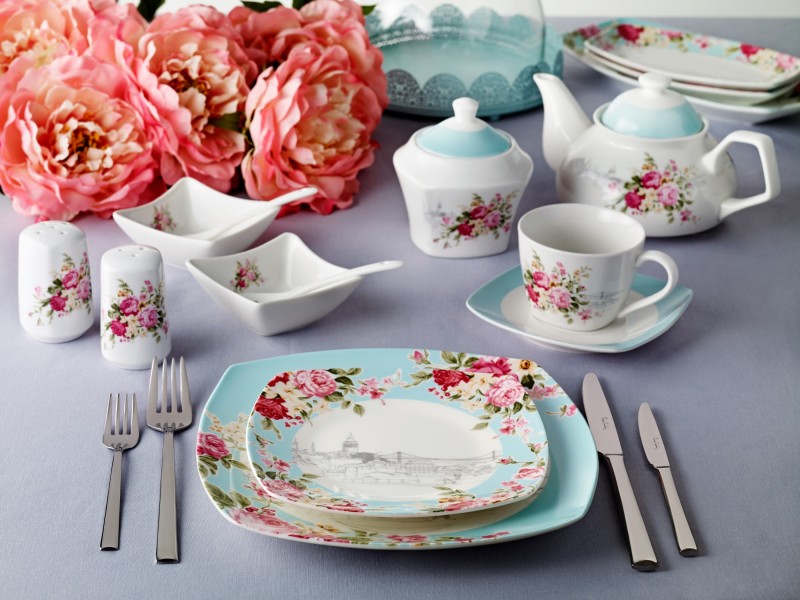
Ceramic plates, on the other hand, can be more budget-friendly, especially if you opt for mass-produced designs or simpler styles. However, keep in mind that there are also high-end ceramic dinnerware collections available that can rival the price of porcelain plates.
Ultimately, the price you are willing to pay for your dinnerware will depend on your personal preferences, budget, and intended use. If you are looking for a long-lasting investment piece and appreciate the elegance and timeless quality of porcelain, then it may be worth splurging on porcelain plates. On the other hand, if you prefer a wider variety of designs and patterns at a more affordable price point, then ceramic plates may be the right choice for you.
In conclusion, when choosing between porcelain plates and ceramic plates, it’s important to consider factors such as durability, appearance, and price. Porcelain plates offer a delicate and refined option, while ceramic plates provide a wider variety of designs and patterns. Both choices have their own merits and can elevate your dining experience. Whether you opt for the elegance of porcelain or the creativity of ceramic, investing in quality dinnerware will undoubtedly enhance your table setting for years to come.
